For the outgoing concert of their Chairman of the Board Prof. Richard Kefford AM, the Australian Romantic & Classical Orchestra performed a selection of works from exemplary Romantic composers Mozart and Beethoven as well as an Australian premiere of Franz Anton Eberl to demonstrate their unique historically informed performance philosophy.
The titular piece opened the concert: the “Overture to Der Schauspieldirektor (The Impressario)” by Wolfgang Amadeus Mozart. This short piece was a rousing opening with a combination of bold instrumentation and lighter moments organised by the violins and other support string instruments. As the beginning sequence for a comedy opera, “The Impressario” was an easy taster for the orchestra’s style and expertise.
Co-Artistic Director Nicole van Bruggen introduced the second piece, “Symphony in E-flat major, Op. 33” by Franz Anton Eberl, as an Australian premiere. She explained that, while Eberl was a contemporary of well-remembered composers like Mozart and Beethoven, his work has been forgotten to history, a victim to the fickleness of time. This piece in four movements was remarkably unusual from what would be expected from the time period. Opening slowly, the first movement builds interest with odd breaks or pauses that make the piece feel equally dreamy and daring before the second movement introduces a distinctive quality of mystery. Suddenly the symphony is adventurous, moving between darker rhythms and playful plucking sequences that keep the sound inventive and evolving.
The third movement introduces the full force of the orchestra in great waves that break into moments as quiet as church mice. The growing and shrinking sound conjures images of the orchestra growing and shrinking like a Wonderland illusion. After all of these shifting tones, the final movement is more intense again, racing towards the finish line and stretching out into a prolonged close. Eberl’s composition didn’t have the grandiosity of typical Romantic names but his work makes interesting use of the instruments of the orchestra proving a treat to see ARCO stretched in a different way.
For the final piece on The Impressario program the orchestra returned to the beloved Ludwig van Beethoven with his extravagant and exaggerated style in “Symphony No. 7 in A major, Op. 92”. Across four movements, Beethoven’s composition plays with listeners’ emotions, particularly in odd moments in the first movement where Rachael Beesley’s violin and Georgia Browne’s flute seem to be the only instruments on stage, singing to each other. Eventually the movement builds into a classic big flourish. The second movement, described in the program as the favourite movement when first performed, has a funerary tone with the lower strings, violas (Simon Oswell, Karina Schmitz, Katie Yap, Christian Read), cellos (Natasha Kraemer, Anton Baba, Anita Gluyas), and double basses (Kirsty McCahon and Marian Heckenberg), playing without the fluttering violins in a slow and dour march.
For the last two movements, again the orchestra felt divided amongst instruments with the violins prioritised in a relentless buzzing rhythm for the entirety of the third movement before the final movement with an invigorating, racing momentum cut through by noticeable contributions from the trumpets (Leanne Sullivan and Alex Bieri).
Australian Romantic & Classical Orchestra not only provide an insight into the original sounds of famous compositions and composers from the Romantic period with their period instruments, but they also continue to introduce new listeners to forgotten people and pieces that contributed to the lasting impression of these classic styles. The inclusion of the Eberl piece was of particular delight, especially to be played by the immensely talented ARCO.
The Impressario was performed at City Recital Hall on March 6th

